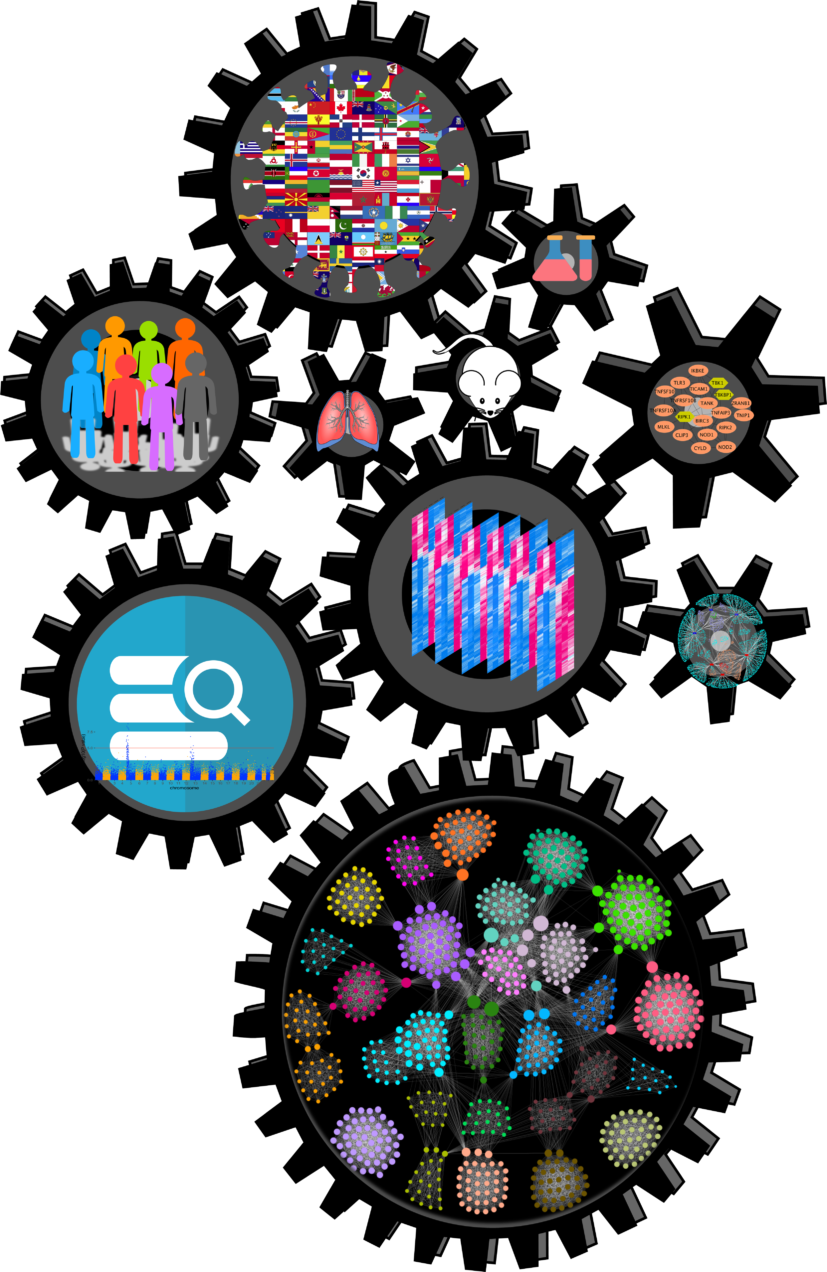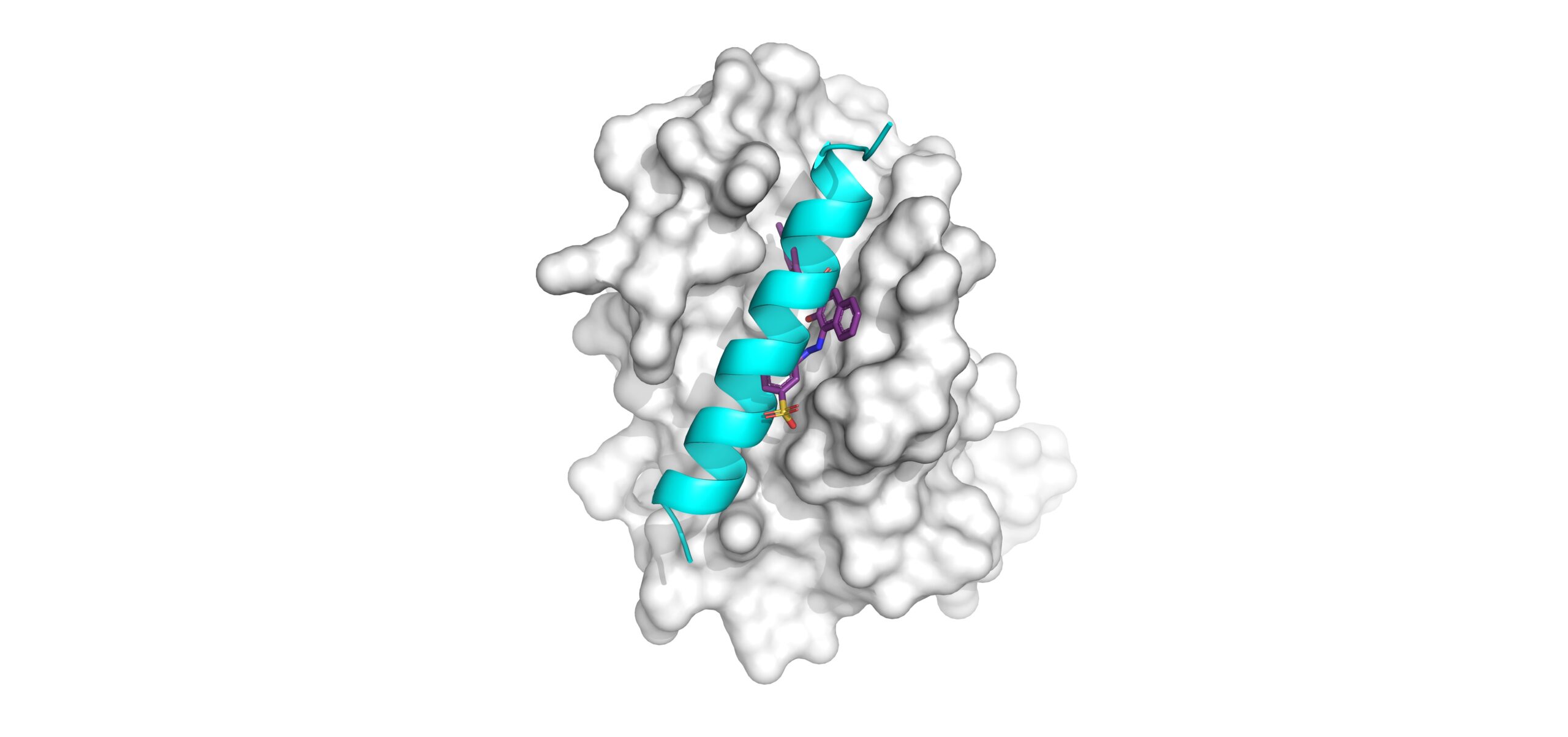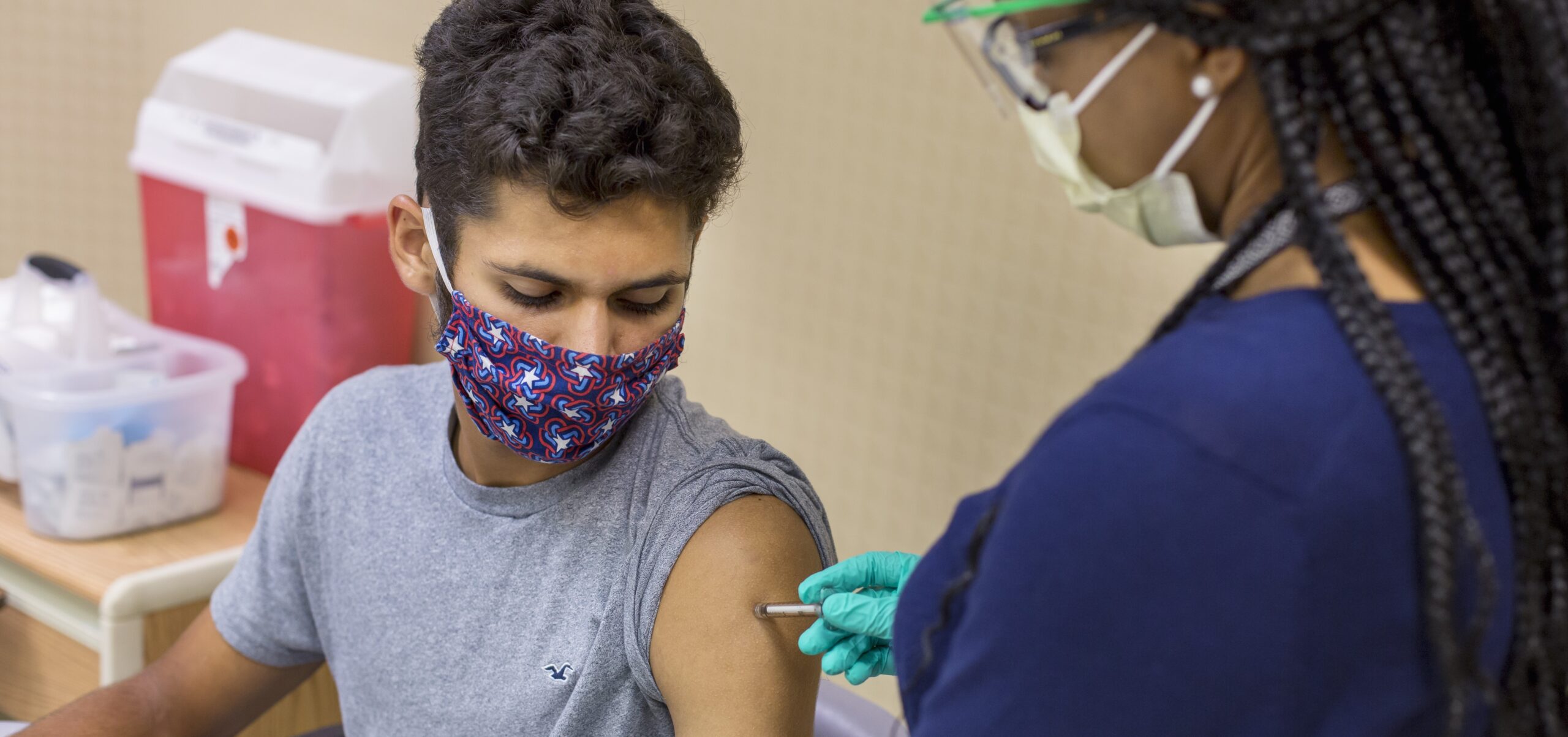Understanding SARS-CoV-2 As An ‘Engine’ Behind Multiple Health Effects
Research By: Sudhir Ghandikota, MS | Anil Goud Jegga, DVM, MRes |
Post Date: April 6, 2021 | Publish Date: April 6, 2021

As scientists around the world continue to track down the many ways that the SARS-CoV-2 virus affects the human body, bioinformatics experts at Cincinnati Children’s propose a larger systems biology way of looking at the question.
Imagine trying to understand what a car engine does by looking at the pistons, valves, belts and camshaft as scattered parts in isolation. Similar challenges face those seeking to understand the health impacts of the rapidly mutating SARS-CoV-2 virus. Looking at tissues, cells, proteins and gene variations in isolation also present incomplete pictures.
Instead, the virus driving the COVID-19 pandemic could be viewed as a “multifaceted machine,” according to a study published April 6, 2021, in the data science journal Patterns.
“Based on this premise, we implemented a multilayered data mining methodology that leverages protein modules to build functional modules or complexes in a disease,” says Anil Goud Jegga, DVM, MRes, Division of Biomedical Informatics at Cincinnati Children’s and senior author of the new study.
An engine made of modules
The virus-fueled engine this study describes includes “modules” of biological processes, cell signaling pathways and protein interactions across various cell types. But mapping these activities and combining the data, the engine’s design and functions become more understandable and predictable. This, in turn, could help address the emerging problems faced by many COVID survivors.
“For instance, could COVID-19 be a risk factor for autoimmune or neurologic disease?” Jegga says. “A plausible mechanism could be through an over-activated innate immune system and previous viral pandemics indeed have been associated with both acute and delayed neurological and neuropsychiatric effects.”
The new study details the types of information that can be combined using this modular approach and suggests potential avenues for pursuing new treatments in the months and years ahead.
“This work provides several notable advances that will be of interest to a broad translational and basic science audience in the COVID-19 research field,” Jegga says. “We further hope that this extensive analysis and resource will aid hypothesis generation or refutation towards better understanding the COVID-19 pathogenesis, especially in the long-hauler patients, and open-up potential therapeutic avenues.”
Notably, this approach is not limited to studying COVID-19.
“From an informatics and data sciences perspective, the methods and the workflow we used are disease agnostic and can be applied to any disease or phenotype,” says Sudhir Ghandikota, MS, the study’s first author and a computer science graduate student at the University of Cincinnati.
Next steps
Applying this concept to cancer and other diseases will require further study, especially to determine the most relevant sets of data to incorporate in the modular approach.
Also, this study is based on data gathered from tissue samples. The team plans to explore how to incorporate data gathered from nasal swabs and blood samples.
ABOUT THIS STUDY
Co-authors from Cincinnati Children’s include Sudhir Ghandikota, MS, and Mihika Sharma, MSc. Funding sources include the National Institutes of Health (1UG3TR002612) and Cincinnati Children’s.
| Original title: | Secondary analysis of transcriptomes of SARS-CoV-2 infection models to characterize COVID-19 |
| Published in: | Patterns |
| Publish date: | April 6, 2021 |
Research By







